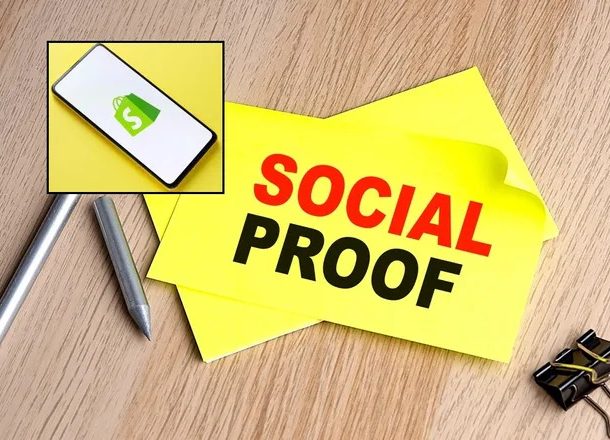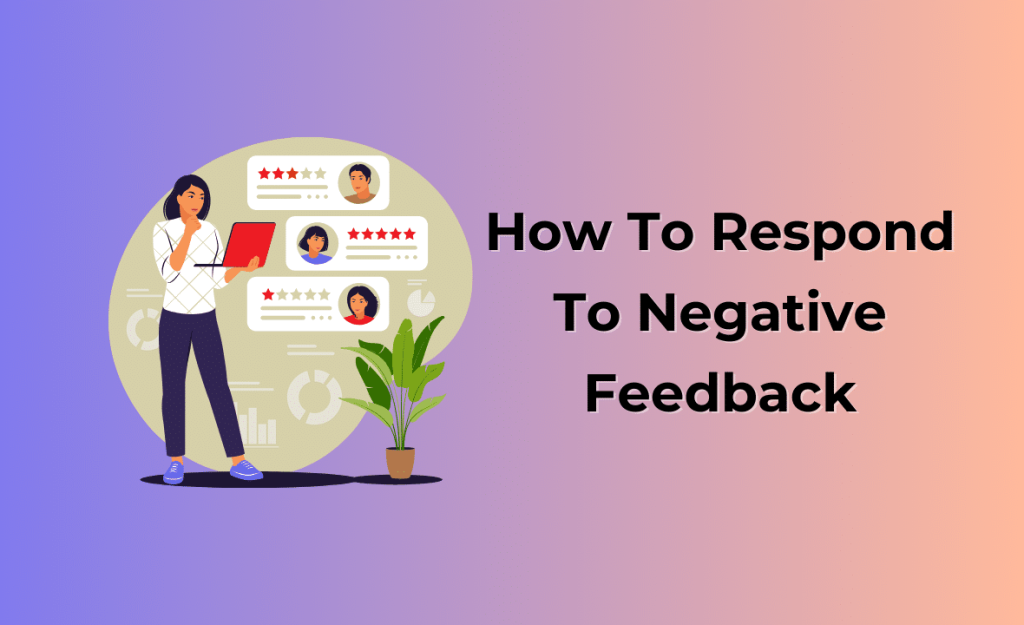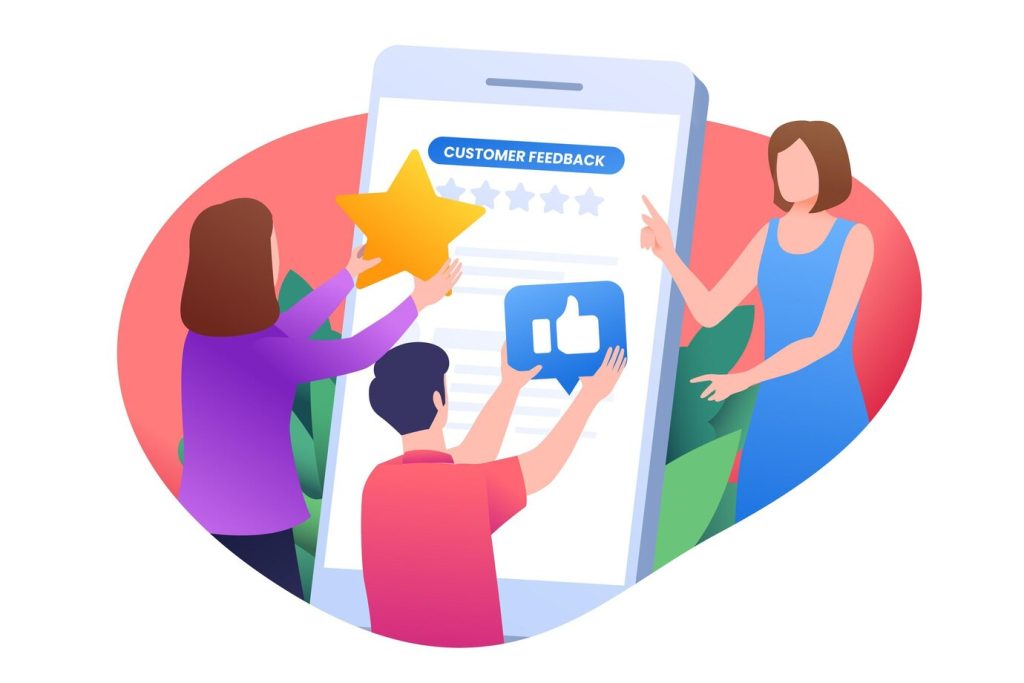
How to Handle Negative Reviews and Turn Them into Opportunities
Negative reviews are inevitable on any sales platform, especially on Amazon. But the way your brand responds and adapts can either damage your reputation or build deeper trust with your customers. In fact, strategic handling of negative feedback can drive long-term growth, improve products, and build brand loyalty.
Here’s how to transform less-than-stellar reviews into powerful business opportunities.

1. Understand Why Negative Reviews Matter
First, don’t ignore them. Negative reviews are data-rich insights into customer experience. A pattern of complaints can highlight issues in product quality, packaging, shipping, or even your listing itself. According to a Shopify article on customer feedback, feedback—especially the critical kind—offers a chance to course-correct and innovate.
When viewed through a problem-solving lens, each review becomes an opportunity to:
Improve your product or listing
Win back customer trust
Differentiate your brand with standout customer service
2. Respond Professionally and Promptly
Timely and respectful responses can turn a critic into a brand advocate. Don’t take reviews personally—take them seriously. A simple, honest reply that acknowledges the issue and provides a clear next step shows future buyers that your brand is responsible and transparent.
Here’s a best-practice template for responding:
“Thank you for your feedback. We’re sorry to hear your experience didn’t meet expectations. Your comments are valuable, and we’re actively working to improve. Please reach out to us directly so we can make this right.”
For Amazon sellers, responding through the Customer Reviews section is limited, but you can now use the Customer Reviews feature in Seller Central to offer a courtesy refund or request a review update if the issue is resolved.

3. Identify Patterns and Take Action
Don’t get bogged down by isolated one-star reviews. Instead, look for patterns. Are customers frequently mentioning:
Misleading product photos?
Confusing sizing?
Product defects?
Use this information to make specific changes. You can update your product description, revise image sets, or even enhance your A+ Content to preempt confusion. Tools like Amazon’s Voice of the Customer (VOC) or third-party analytics can help categorize feedback themes.
Need inspiration on how to apply reviews to product development? HubSpot offers a practical guide on using customer feedback to drive innovation.
4. Request a Review Update When Appropriate
After resolving an issue—perhaps by sending a replacement or refund—don’t be afraid to politely ask the buyer to update their review. According to Amazon’s Communication Guidelines, you’re allowed to send one follow-up message that thanks the customer and encourages a review update, as long as it’s not manipulative.
A sincere message like this can go a long way:
“We hope the resolution met your expectations. If you feel it’s appropriate, we’d appreciate an update to your review. Your feedback helps us grow.”

5. Leverage Negative Reviews in Your Product Development and Marketing
Once you’ve made real improvements based on reviews, highlight those changes in your listing or brand story. For instance:
“Now with reinforced stitching based on customer feedback.”
“We’ve redesigned our sizing chart to improve accuracy.”
Customers love seeing that their voices matter. This builds credibility and can even boost conversion rates. Plus, when prospects see that your brand responds and adapts, they’re more likely to trust you with their next purchase.
As Walmart Marketplace emphasizes, reviews drive visibility and influence buyer behavior—so owning your negative reviews is a competitive advantage, not a liability.
6. Automate Feedback Monitoring and Stay Proactive
You can’t fix what you don’t see. Use tools like:
Amazon’s Feedback Manager for alerts and score trends
Third-party platforms like FeedbackWhiz, Helium 10, or Jungle Scout to track and analyze reviews
Regularly audit your reviews, especially for high-velocity ASINs, to stay ahead of problems. Set up weekly reports or alerts so you’re not blindsided by a wave of poor feedback.

Conclusion: Turn a One-Star into a Gold Star Moment
Negative reviews are not the end of the story—they’re the beginning of a better one. By approaching them with curiosity, compassion, and commitment to excellence, you build a brand that customers trust and recommend.
Whether you’re refining your listings, improving your packaging, or simply listening more closely to your audience, every negative review is a stepping stone toward a stronger business.
Want more tips like this? Explore our blog for actionable advice on building your Amazon brand authority and managing customer service with grace.














